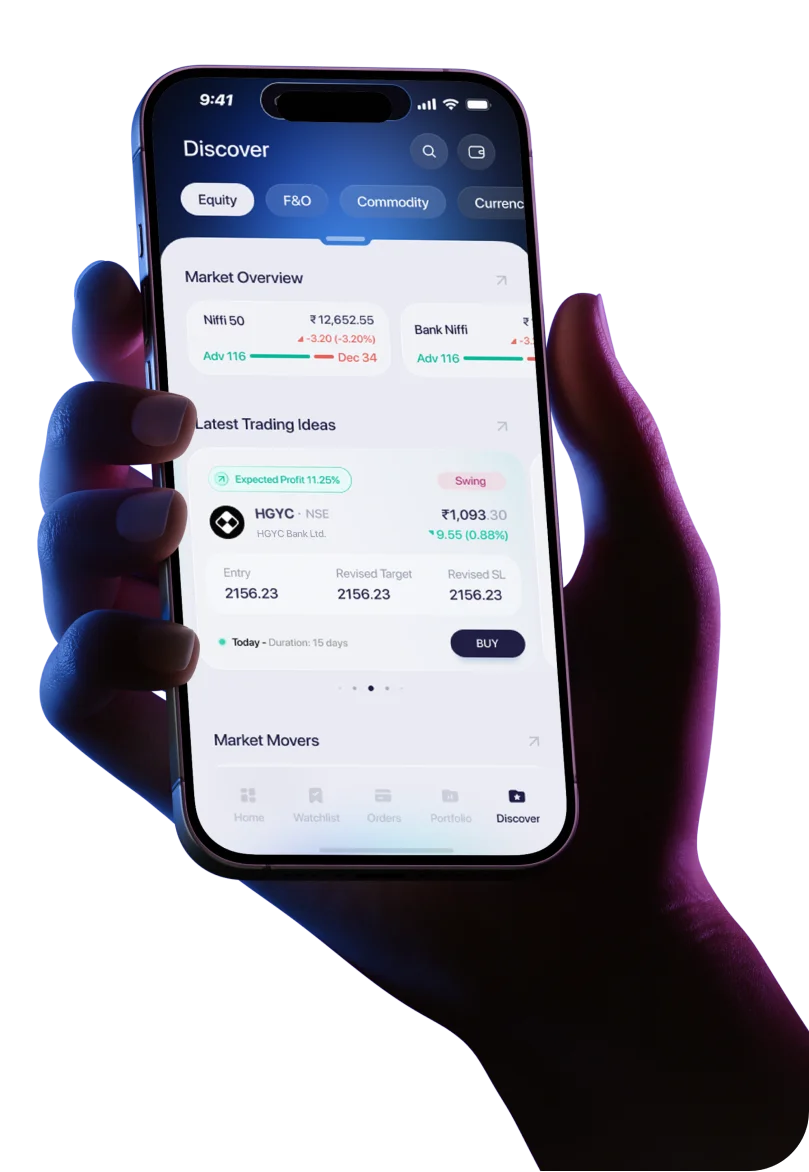Introduction
Even seasoned market participants can fall victim to costly trading errors. According to a 2024 SEBI study, 7 out of 10 intraday cash traders in India incur losses, with younger traders forming a significant portion of this statistic. The reasons range from inadequate planning and poor risk control to emotional decision-making and overreliance on market noise.
This article outlines six common mistakes that erode trading capital, the underlying reasons they occur, and actionable strategies to avoid them. You will also find practical tools, professional risk guidelines, and self-assessment methods to strengthen your trading discipline.
Mistake 1 — Trading Without a Plan
Cause: Entering trades impulsively, chasing short-term trends, or reacting to market movements without a structured framework.
Impact: Inconsistent performance, higher exposure to emotional bias, and difficulty in evaluating results objectively.
Solution: Develop a written trading plan covering entry/exit criteria, risk limits, position sizing, and review procedures. Use a predefined trading checklist to ensure consistency.
Mistake 2 — Overleveraging
Definition: Using borrowed capital to amplify positions beyond sustainable levels.
Example: A trader with ₹10,000 deploys 10x leverage, controlling ₹100,000 worth of exposure; a 10% adverse move wipes out the entire equity.
Risk: Exponential magnification of both gains and losses.
Solution: Limit leverage usage through disciplined position sizing and a maximum risk-per-trade cap (generally 1–2% of total capital).
Tool: Use Samco’s margin calculator to assess safe exposure before executing trades.
Mistake 3 — Ignoring Risk Management
Common oversight: Trading without stop-loss orders or committing excessive capital to a single trade.
Guideline: Risk no more than 2% of total trading capital on any single position and maintain a favorable reward-to-risk ratio.
Reward-to-Risk Ratio | Minimum Win Rate Required for Breakeven |
|---|---|
1:1 | 50% |
2:1 | 33% |
3:1 | 25% |
Best practice: Implement trailing stop-losses or automation tools to protect profits and cut losses early.
Mistake 4 — Revenge Trading
Description: Attempting to recover losses quickly by increasing trade size or frequency after a losing trade.
Psychological trigger: Frustration, overconfidence, and loss aversion.
Solution: Maintain a trading journal to track emotional triggers, and adopt a cooling-off protocol (e.g., stop trading for the day after a set number of consecutive losses). This reduces decision-making under stress and prevents capital erosion.
Mistake 5 — Following Tips and Market Noise
Issue: Acting on unverified recommendations from social media, chat groups, or informal networks.
Impact: Poor entry/exit timing and exposure to pump-and-dump schemes.
Solution: Rely on independent research supported by credible data sources. Use Samco’s Knowledge Center and technical analysis tools to validate trade ideas.
Mistake 6 — Lack of Continuous Learning
Observation: Traders who fail to update strategies or learn from past trades often experience diminishing performance.
Indicators: Repeating similar mistakes, ignoring new market conditions, or relying on outdated strategies.
Solution: Conduct post-trade reviews, participate in educational webinars, and adapt strategies to evolving market dynamics. Continuous learning is not optional—it is essential for long-term profitability.
Bonus — auditing you’re Trading Mistakes
- Maintain a detailed trading journal documenting trade rationale, execution, and emotional state.
- Review trades monthly to identify recurring patterns of error.
- Use our downloadable Trading Mistake Checklist (PDF) to systematically track and eliminate weaknesses.




 Easy & quick
Easy & quick
Leave A Comment?